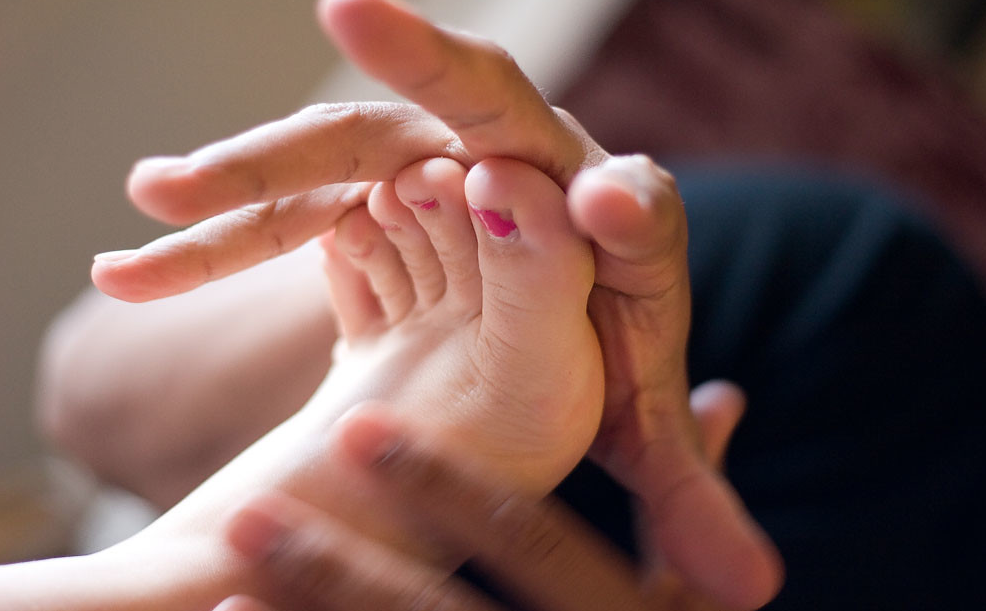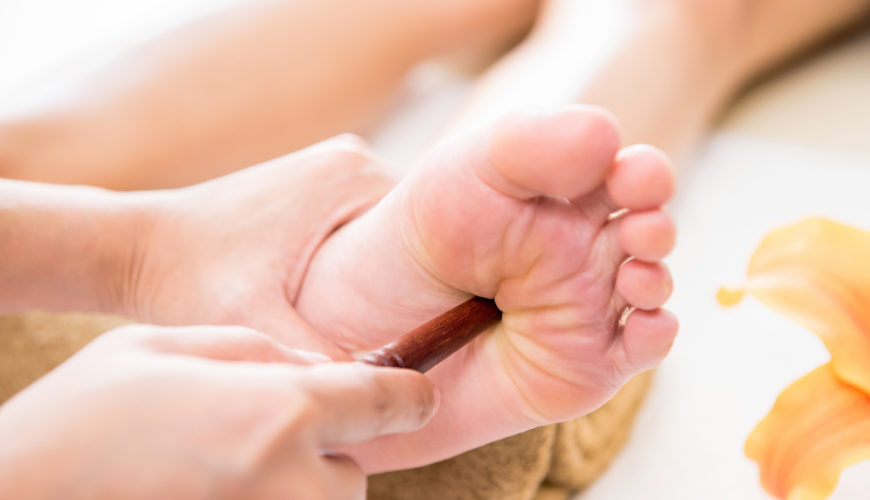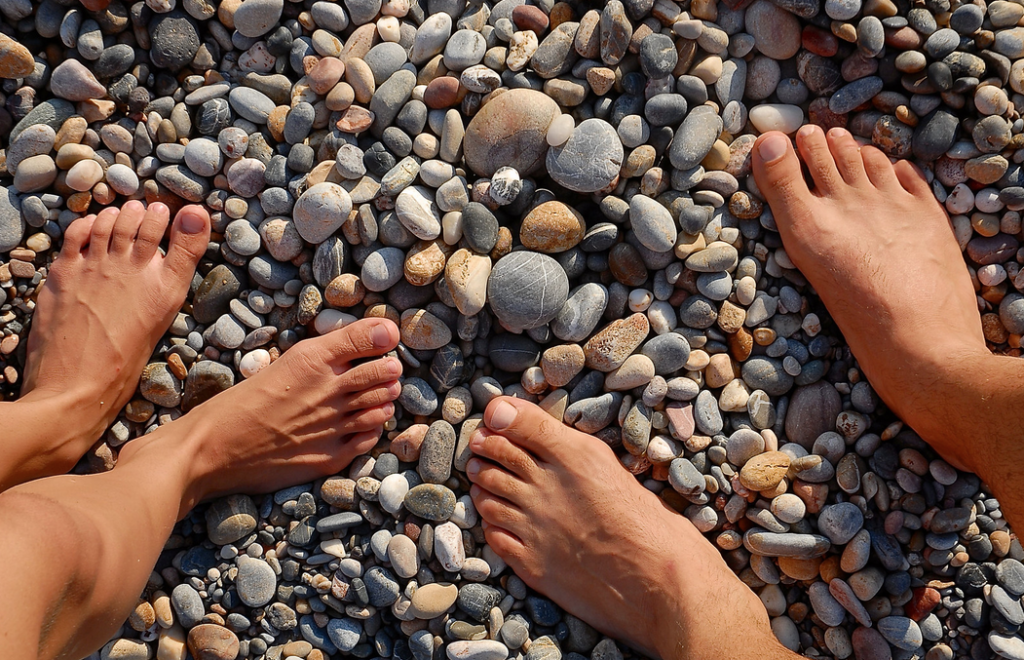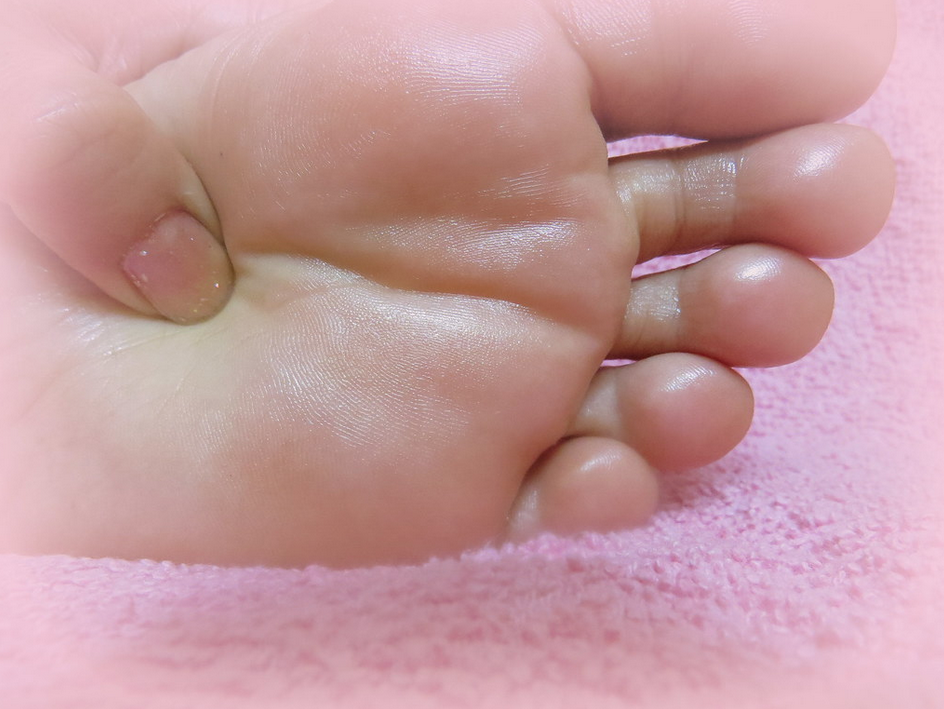Thai Foot massage is a centuries-old therapy to help you heal and remain healthy. A foot massage therapist can employ various techniques in endless styles. For example, they can use hands, knuckles or sticks to apply pressure.
What are these variations about, how do they affect healing, and which style should you choose? Several questions intrigue you. Don’t worry.
This article will help you know what Thai reflexology is and how it can help you heal from various health issues. Not only that, but you’ll also learn all the details of this miraculous healing therapy. Here we come.
What is a Thai Foot Massage?
Thai Reflexology (also known as Thai Foot Massage is much more than a soothing foot rub!
It provides a sort of light acupressure that affects the entire body and is a pleasant and energizing massage of the feet and lower legs.
You may be familiar with the Chinese notion of chi (pronounced as Chi), described as life force energy, similar to the yogic idea of prana.
There are ten major energy lines, or meridians, in Chinese medicine. They run throughout the body, serving as a pathway for the movement of “Chi”. These lines also run through the soles of the feet.
Stress and environmental contaminants, for example, can diminish, hinder, or entirely obstruct the natural flow of energy along meridian lines. According to acupuncture and acupressure theories, each foot contains 7,200 sensory nerves.
These nerve endings are linked to the body’s interior organs.
Meridians are also known as Sen lines in Thai Foot Massage. Pressure points along these Sen lines are softly and methodically stimulated during a Thai Foot Massage.
In addition, hands-on manipulation/rotations, stretching and massaging the knees, lower legs, and feet muscles are all part of the treatment. The stimulation of reflex spots on the feet, which connect to internal organs, rejuvenates and relaxes you and improves your overall well-being.

Thai Foot Massage Origin
As the name implies, it is a massage conducted in lovely and exotic Thailand. The massage is thought to have originated in India over 1000 years ago, is based on Ayurvedic medicinal principles, and was carried to Thailand by Buddha’s disciples.
So it’s a common belief that Thai massage originated in India, where there is Buddhism and Yoga. Therefore, it resembles the latter discipline in stretching and concentration.
The poses that combine in this massage are remarkably similar to yoga asanas, and this traditional Thai massage is sometimes known as ‘assisted yoga’ or ‘yoga for the lazy.’ Shivagakomarpaj, a physician close to Buddha, founded Thai massage.
Chinese medicine has also greatly influenced it, putting pressure on energy points and important body locations. Undoubtedly, it’s a form of massage that views the human being as a union of body, mind, and soul.
It is one of the four disciplines of Thai medicine based on herbs, diet, spiritual practices, and physical treatment procedures. And, like in other Eastern cultures, a person’s health depends on their physical, emotional, mental, and spiritual planes and levels. This form of massage attempts to strike a balance between all of these levels.
Traditional Thai Foot Massage vs Thai Reflexology?
You can have a Thai Foot Massage in two styles:
Style-1: Thai Foot Massage (With no Oil)
A traditional Thai massage is initiated through a foot massage, and then the therapist will work their way up the entire body. These sessions are often performed on a floor mat, with the client fully clothed and without the use of oil.
Working without oil includes sliding or stroking movements. These approaches generally encompass pressure sites and additional foot manipulation and stretching.
Therapists work on the spine, susceptible, and side positions with their thumbs, forearms, elbows, and even their knees and feet.
Style-2: Thai Reflexology
The second type is not employed as part of a full-body massage but focuses on the feet. During such a massage, the customer sits in a comfy chair and rests their feet on a stool.
While working on the feet, the therapist sits on a tiny stool or chair. Because this sort of foot massage uses oil or lotion, the methods are mainly stroking movements with the thumbs, knuckles, or the whole palm.
It’s the Thai equivalent of foot reflexology. It’s not a genuine reflexology approach but a combination of general foot massage therapy plus work on other sections of the body. This sort of foot massage usually includes focusing on the calf muscles.
As a final element of the foot massage treatment, clients also receive neck, shoulder, arm, and handwork. The client then sits on the stool with their foot resting on the floor while the therapist stands up.
Although these are two different systems, they are both members of the same bodywork family. Most foot massage practitioners are also educated in Thai massage, and the two systems overlap in specific ways. For example, therapists will frequently add foot stretches to a reflexology treatment.

Which is Better—Thai Reflexology with and without Wooden Sticks
The massage practitioner can perform Thai Reflexology (also known as Thai Foot Massage) with or without using a wooden massage stick, relying solely on the hands and other body parts.
What are the advantages and disadvantages of utilizing such a stick? What are the pros and disadvantages of such bars?
Here are two perspectives for the usage of the stick:
From the Client’s Point of View:
As a client receiving Thai Foot Massage with a stick, you can dislike foot massage sticks. They have an extremely unpleasant pokey sensation.
They lack the delicate nature of the human hand since they’re inflexible and rough. You don’t feel them as relaxing as human hands.
Imagine you’re in Thailand, and you stroll into a foot massage parlour. You have enormous and powerful feet, and you wind up with a female therapist with tiny hands and little power. In this situation, you might admire the stick’s increased ferocity.
From the Practitioner’s Point of View:
The stick allows the therapist to apply more significant pressure with less effort. It will enable you to use deep pressure in a single place without overusing your thumbs. The pointed end of the stick helps the therapist with more precise precision work. However, it isn’t easy to imagine how this could be fun.
What Does Thai Foot Massage Do to Your Body?
Foot massage treatments include “health foot massage” and “reflexology.” Both methods of foot massage are about the body’s internal organs, providing a more effective impact than just relaxing. We’ve compiled five unexpected benefits of the Thai Foot Massage.
Improve the performance of muscles, joints, and tendons
The feet are the organs that must constantly withstand the weight and pressure of the body. As a result, it is a heavily used area and, in turn, often burdened. Foot massage promotes flexibility and relaxation of muscles, joints, and tendons, allowing them to perform more efficiently, as a study on Diabetic patients showed. It’ll relax your foot muscles and improve your movements.
Improve blood circulation and balance the physiological system
Thai massages can also boost blood and lymph flow to the nerve centre muscles in the foot soles. Consequently, internal organs perform more efficiently, improving body balance and general health. It’ll be more noticeable when you age when you don’t engage yourself in activities that require the use of the body in the same way that young people do.

Relieve stress and calm your mind
Foot massage is similar to going to a spa for your feet. It helps relax the body and reduce muscular tension and anxiety. The soles of the feet are said to have nerve connections to the brain in traditional Chinese medicine.
According to research, Thai Foot Massage can help to reduce migraines. Thus, it gives the brain a break so that you may achieve peace of mind. As a result, you’ll be able to sleep better and longer.
You know a lot more about your organs than you believe
According to Chinese medicine, the soles of the feet are nerve centres that connect to the body’s interior organs. By pressing the soles of the feet, you’ll be able to determine which area of the organ is causing trouble.
If a point related to an organ causes discomfort when pressed, it is evident that the organ is not functioning correctly or is sick. You should, however, undergo a physical examination to check the symptoms of any sickness or illness that may arise frequently.
Complementary therapy for traditional medicine
Getting a foot massage from an expert masseuse is generally safe because no medicines or chemicals are used. As a result, traditional medicine has used foot massage as a supplemental treatment for patients suffering from stroke, rheumatoid arthritis, and musculoskeletal disorders. The foot massage has also shown a beneficial effect on therapy and can enhance patients’ quality of life.
Better Sleep
If you have difficulties sleeping, booking a Thai foot reflexology treatment is an attractive solution to fix the issue naturally. Because it is best to perform a foot massage before going to bed, this type of calming foot massage improves circulation and allows you to sleep better.
How can Thai Foot Massage Benefit Athletes?
During training, athletes are prone to weariness, muscle and joint pain, and injury. As a result, many athletes consult with expert sports massage therapists.
Sports massage treats sports injuries and improves an athlete’s range of motion by combining aided stretches and other massage techniques, especially Thai Foot Massage, to target specific areas of healing. Practitioners use assisted stretching to target a particular body area or muscle group.
Thai Foot Massage’s dynamic stretches may provide more profound, restorative stretches than some aided stretching techniques used in sports massage. Thai Foot reflexology energetic and revitalizing benefits, mixed with relaxation, help athletes feel mentally and physically rejuvenated.
Thai therapy also enhances circulation, allowing more oxygen to reach muscles and other tissues. It may help prevent injuries and boost healing in athletes after vigorous exercise.

What to Expect During a Thai Foot Massage?
You may typically lay on the floor for a Thai Foot Massage. Your certified massage therapist will slowly manipulate your feet and lower legs via different stretches. To exercise your feet in different postures, the therapist may use their hands and massage sticks.
You may typically lay on the floor for a Thai Foot Massage. Your certified massage therapist will slowly manipulate your feet and lower legs via different stretches. To exercise your feet in different postures, the therapist may use their hands and massage sticks.
You do not need to prepare in advance for a Thai massage, but you should consider the following advice:
- Arrive about 10 minutes early to complete any papers required before the appointment.
- Inform the practitioner of any significant medical history since Thai massage is unsuitable for some persons with particular medical issues.
- Wear loose-fitting or athletic attire for the appointment. Avoid wearing clothes that are too tight, since they might create pain and limit your range of motion during the massage.
How Often Can You Get a Thai Foot Massage?
A Thai massage may leave you feeling incredibly calm. You must remember, though your muscles have been exercised, stretched, and stimulated, it’s essential to relax and drink lots of water after getting a good massage.
There are no recommendations for how frequently a person can have a Thai massage for the foot. You can decide on the frequency based on your physical and emotional needs. Also, remember that it’s equally important to include stretching and relaxing practices into your regular maintenance routines. Doing so will allow you to remain flexible for a more extended period following the reflexology massage.
You should also pay attention to your body. If you have persistent pain or discomfort in one place of your foot, they should consult your doctor since this might suggest an underlying health concern.
Does Thai Foot Massage Hurt?
You may experience discomfort if your foot muscles are sore or stiff. If this occurs, notify your practitioner to reduce pressure and, in turn, strain. If you have an injury or an area of your body susceptible to pain, inform your practitioner before beginning the massage session.
Where Can You Get a Thai Foot Massage?
Any certified massage therapist can help you get a soulful healing Thai Foot Massage. You can get this rejuvenating and reinvigorating massage at London’s most recognized Spa Asiatic Thai Massage Islington:
93 Upper Street, Islington, London, N1 0NP. Open Monday – Sunday : 10:00am – 10:00pm. 020 7288 8702 call to BOOK TODAY!